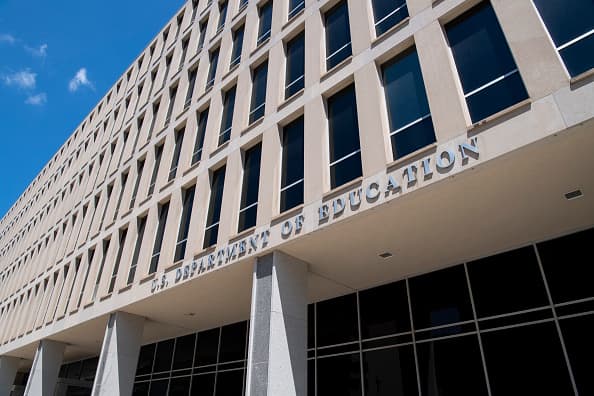Products You May Like
In March 2020, the U.S. Department of Education offered the millions of Americans with student loans the option of pressing the pause button on their bills. Close to 90% of borrowers — or 24 million people — accepted.
Now nearly two years later, the Department is getting ready to start collecting those payments again at the end of January.
“Most of the heavy lifting is now done and we’re in implementation mode,” said Scott Buchanan, executive director of the Student Loan Servicing Alliance, a trade group for federal student loan servicers.
Here are some of the things borrowers could soon see, according to early reports.
New servicers
Three companies that serviced federal student loans, Navient, The Pennsylvania Higher Education Assistance Agency, also known as FedLoan, and Granite State, all recently announced that they’d be ending their relationship with the government.
As a result, around 16 million borrowers will have a different company to deal with by the time payments resume, or not long after, according to higher education expert Mark Kantrowitz.
More from Personal Finance:
6 reasons why Americans aren’t returning to work
What to think about before buying bitcoin
How to save at the gas pump
Double-check that your servicer has your current contact information, so that you receive all the notices about the upcoming change, experts say.
Impacted borrowers should get multiple notices, Buchanan said. Come February, if you mistakenly send a payment to your old servicer, he said, the money should be forwarded to your new one.
Grace period?
Although federal student loan bills will technically be due again in February, borrowers may have some more time.
The Education Department is considering giving borrowers a three-month grace period “where late payments will not be reported as delinquent to the credit bureaus and the borrowers will be automatically placed in a forbearance,” Kantrowitz said.
But while interest on federal student loans has been stopped during the payment pause, it will start being charged again in February.
Help with lower payments
Borrowers who’ve been negatively impacted by the pandemic may want to enroll in one of the government’s income-driven repayment plans when bills resume.
Under these plans, people’s payments are capped at a portion of their income and some monthly obligations wind up being as little as $0.
Usually, borrowers have to provide documentation to prove their household earnings and size, however the Education Department is considering allowing them to temporarily self-certify this information.
Second chance for defaulted borrowers
There’s some chatter that the Education Department may automatically move more than 7 million student loan borrowers out of their defaulted state, Kantrowitz said.
The U.S. government has extraordinary collection powers on federal debts and it can seize borrowers’ tax refunds, wages and Social Security checks.
Most recently, advocates have warned that borrowers who’ve fallen behind may also miss out on the expanded child tax credit, which can be at least partially paid out as a tax refund.
Removed from default, these borrowers would be shielded from these tactics.
